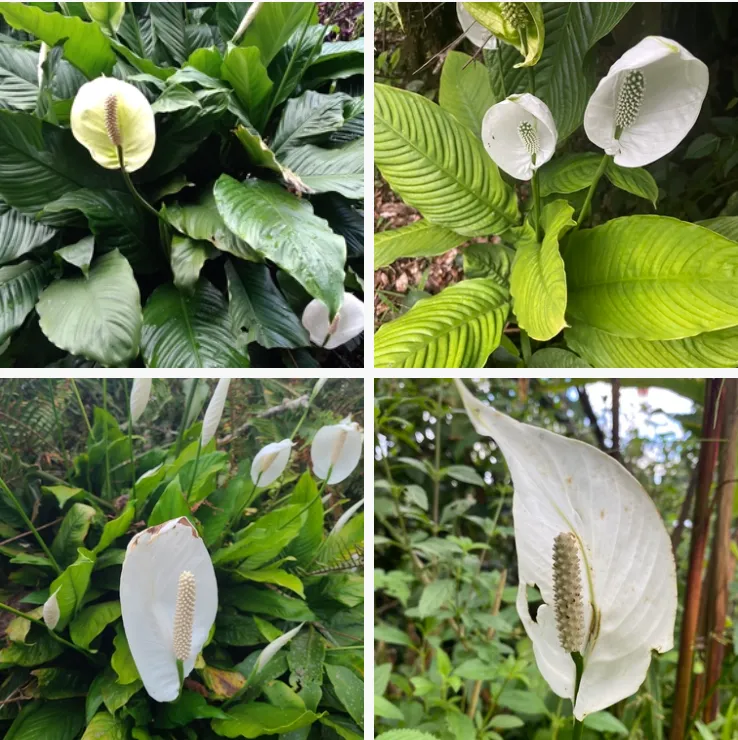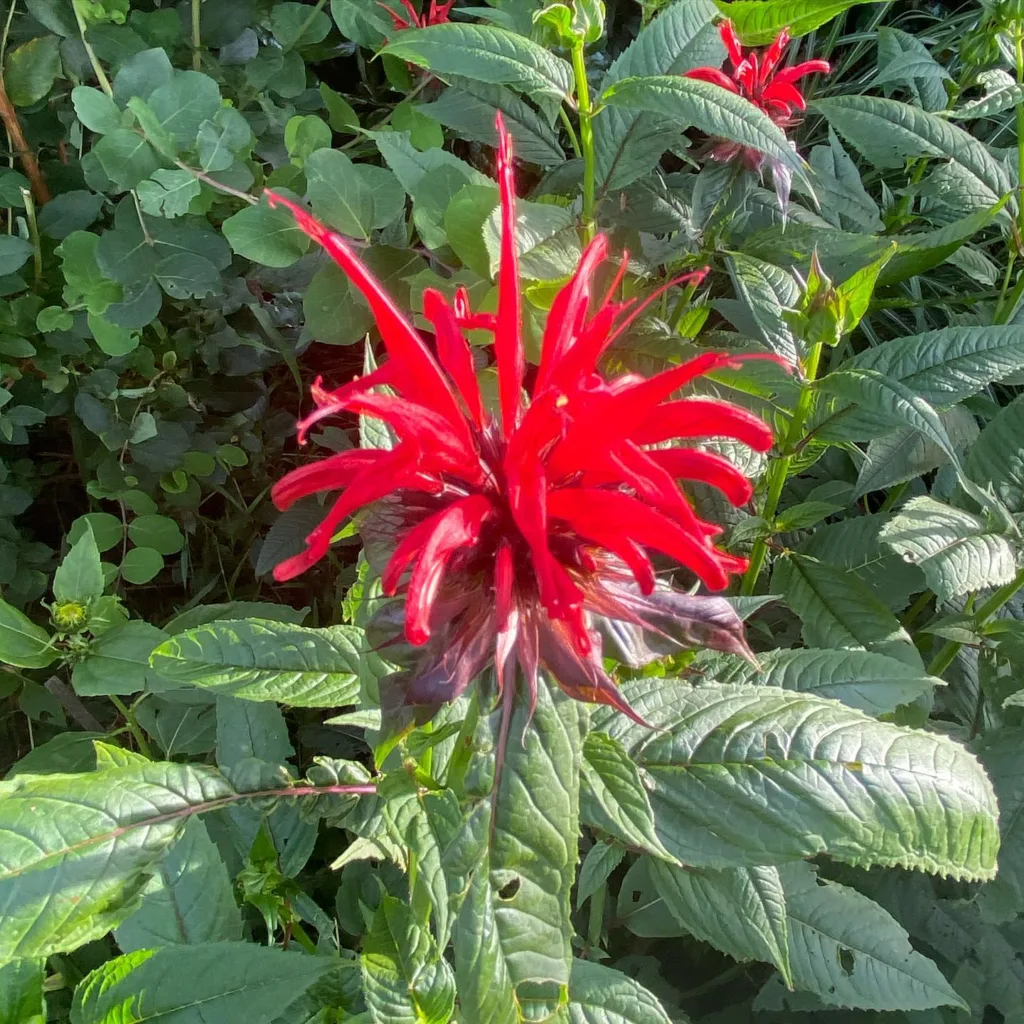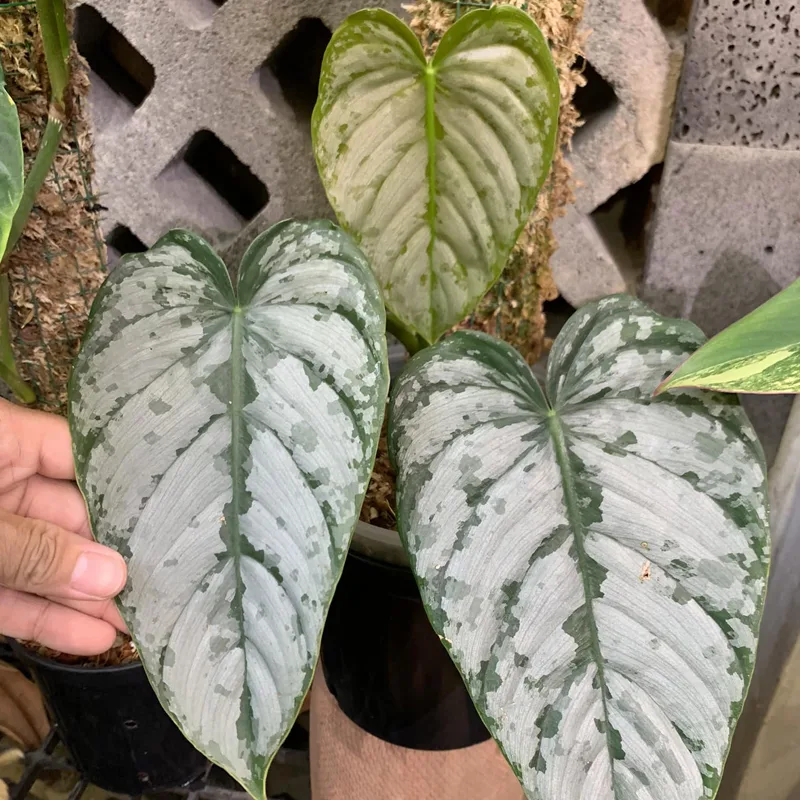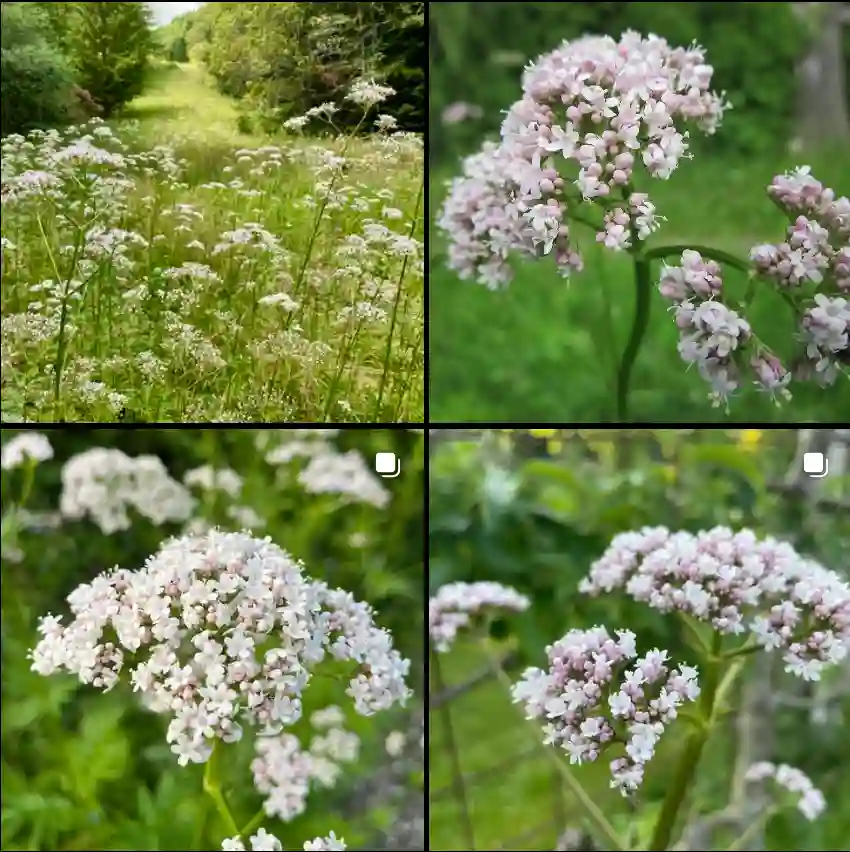What is Clematis ligusticifolia?
As a passionate gardener, I’m always on the lookout for captivating plants that add a touch of magic to my outdoor haven. Recently, the Western White Clematis (Clematis ligusticifolia) has captured my heart with its stunning blooms and easygoing nature. Let’s delve into the world of this captivating climber, exploring its characteristics, care requirements, and the perfect companions for a thriving display.
The Western White Clematis is a breathtaking vine native to western North America. It boasts a captivating display of fragrant, creamy-white flowers that cascade down its tendrils, resembling a shower of delicate stars. These blooms typically range from 1 to 2.5 centimeters wide, adding a touch of whimsical charm to any garden setting.
391 Species in Genus Clematis
This vigorous climber can reach heights of 3 to 30 feet, depending on the variety and growing conditions. Its ability to thrive in various light conditions, from full sun to part shade, makes it a versatile addition to gardens with diverse sun exposure.
Beyond its visual appeal, the Western White Clematis offers a delightful fragrance that adds another layer of sensory pleasure to the garden. This delightful climber is a true treasure for those seeking a visually stunning and fragrant addition to their outdoor space.
How to Care for Clematis ligusticifolia?
While the Western White Clematis is a relatively low-maintenance plant, providing it with the right care will ensure it thrives and flourishes in your garden. Here are some key things to keep in mind:
- Planting: Choose a well-drained location with rich soil. Amending the planting site with compost or aged manure can provide essential nutrients for healthy growth.
- Watering: Clematis ligusticifolia prefers consistently moist soil, especially during the hot summer months. Deep watering a couple of times a week is usually sufficient, but adjust based on your climate and soil conditions.
- Mulching: Apply a layer of mulch around the base of the plant to retain moisture, regulate soil temperature, and suppress weeds.
- Support System: As a climbing vine, Clematis ligusticifolia needs a sturdy support structure to climb on. A trellis, fence, or arbor can all be suitable options.
- Pruning: Pruning plays a crucial role in maintaining the health and flowering of Clematis ligusticifolia. There are different pruning techniques depending on the specific Clematis group this variety belongs to. Researching the appropriate pruning method for Clematis ligusticifolia (Group 3) will ensure optimal results.
By following these simple guidelines, you can create the perfect environment for your Western White Clematis to thrive and become a showstopper in your garden.
Propagating the Beauty: Sharing the Joy of Clematis ligusticifolia
The beauty of Clematis ligusticifolia is something you’ll naturally want to share with others. Luckily, propagating this delightful vine is relatively straightforward. Here are two common methods for propagating Clematis ligusticifolia:
- Seed Propagation: While possible, propagating Clematis ligusticifolia from seeds can be a slow and challenging process. Germination rates can be variable, and it may take several years for the seedlings to mature and flower.
- Stem Cuttings: This is the more popular and successful method for propagating Clematis ligusticifolia. Take stem cuttings in early summer, selecting healthy, non-flowering shoots. Plant the cuttings in a well-draining potting mix and provide them with consistent moisture and indirect sunlight. With proper care, the cuttings should root within a few weeks.
Once established, the propagated Clematis plants can be transplanted into your garden to create a stunning display of cascading white blooms.
How Many Sepals Does Clematis ligusticifolia Have?
Clematis ligusticifolia, like most Clematis varieties, has four sepals that resemble petals. These sepals are typically white or creamy-white and contribute to the flower’s delicate beauty.
What to Plant With Clematis ligusticifolia?
Clematis ligusticifolia pairs beautifully with a variety of plants. Consider colorful perennials like catmint (Nepeta x faassenii) or Russian sage (Perovskia atriplicifolia) for a vibrant contrast. For a touch of elegance, Clematis can be paired with climbing roses or clematis varieties with contrasting flower colors.
Potential Pests and Diseases?
Clematis ligusticifolia is generally resistant to most pests and diseases. However, keeping an eye out for common problems like powdery mildew and aphids is always advisable. Powdery mildew appears as white, powdery patches on leaves and stems. Insecticidal soap spray or neem oil can be effective remedies for aphids. Early detection and treatment will help keep your Clematis healthy and prevent any significant damage.
By following these tips and providing your Western White Clematis with the care it needs, you can cultivate a breathtaking climber that will grace your garden for years to come. Its cascading white blooms, delightful fragrance, and easygoing nature make it a true gem for any gardening enthusiast. So, why not consider adding this captivating vine to your own outdoor haven and experience the magic of Clematis ligusticifolia firsthand?
If i die, water my plants!



